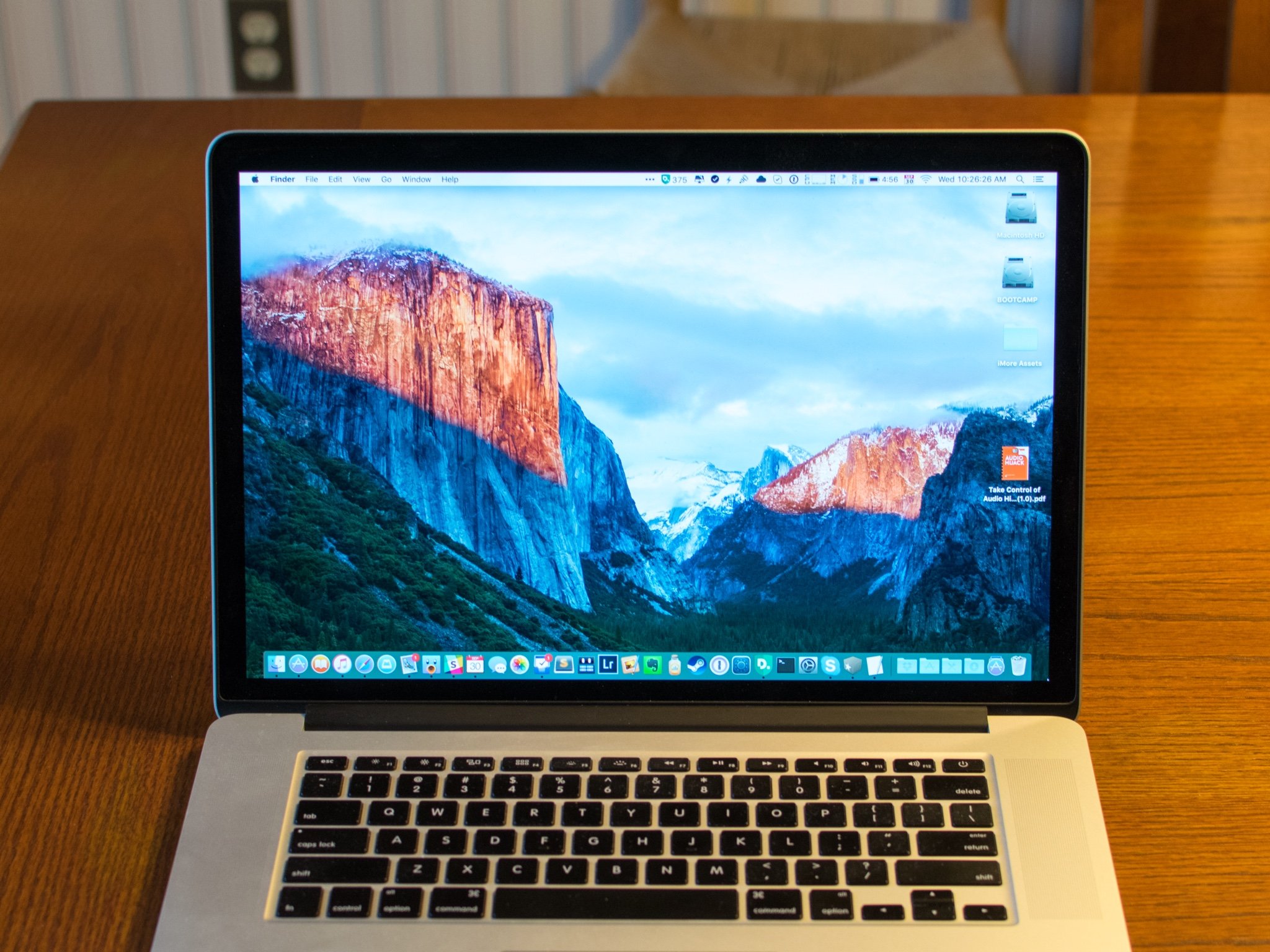- Features of Mac OS X El Capitan 10.11.1 OS X El Capitan supports two methods of installation. The default method is an upgrade install, which will upgrade your Mac to El Capitan while preserving all of your user data and apps.This is the most common means of upgrading the operating system and is recommended when your Mac is in good shape.
- Bootable USB Stick - macOS X El Capitan 10.11 - Full OS Install, Reinstall, Recovery and Upgrade. 4.3 out of 5 stars. USB Memory Stick.
I'm trying to upgrade to OS X El Capitan from OS X Snow Leopard 10.6.8 but every time I try to download it from the Mac App Store it gives a message saying that 'this version of OS X 10.11 cannot be installed on this computer'. I have a MacBook Pro running OS X 10.6.8, 3 GB of RAM and around 400 GB in the HD. Apple has announced new OS X 10.11 on WWDC last June naming it OS X El Capitan. This July, as Apple has announced before, OS X El Capitan Public Beta is ready to be downloaded and installed. Here is the list of Mac series which are able to be upgraded to OS X El Capitan.
Inspired by a Gist from kevinelliott - thanks!
Install from App Store

- Xcode - for command line tools required by Homebrew
Install from Third-Party Websites
Xcode Command Line Tools
Need to be installed for all the fne stuff in the latest section
Xcode > Preferences > Downloads > Command Line Tools
or
Run Xcode and accept the license! Homebrew can not install properly until this occurs.
Install Homebrew
If this is not a fresh install of Homebrew, go ahead and purge the complete installation first:
Now install Homebrew
Install common libraries via Homebrew
Install Cask application manager
Install applications via Homebrew Cask
The following software is still in testing and not part of my default setup:
Install Chrome extensions
Some extensions are not pulled from your Google account, so re-install theam manully now:
Firefox profiles
TODO make sure the profiles are registered
After setting all the preferences, you need to reboot or at least restart Finder:
El Capitan Os X 10.11 Install
If you are curious, check this file for more possible settings.
Setup Github
Docker
Database
Ruby & Gems
Prepare a sandboxed ruby environment
within we install some gems
Vagrant and plugins
Install custom .dotfiles at the end, cause we utilize some of the previously installed packages
Apple just released its next-generation operating system for Macs, OS X 10.11 El Capitan, to the public.
If you haven’t been using a developer or public beta version over the last few months, here’s how to upgrade from Yosemite to El Capitan: First, make sure you can. El Capitan supports the follow Macs running OS X Snow Leopard and on:
- iMac (Mid 2007 or newer)
- MacBook (Late 2008 Aluminum, or Early 2009 or newer)
- MacBook Pro (Mid/Late 2007 or newer)
- MacBook Air (Late 2008 or newer)
- Mac mini (Early 2009 or newer)
- Mac Pro (Early 2008 or newer)
Mac Os X 10.11

Is your Mac on that list? Then head on over to the Mac App Store and click on Updates. El Capitan will show up as a software update. You can also click on this link to go directly to the El Capitan download.
The Macworld staff has been diving deep this summer into all of El Capitan’s new features. Once you’re set up with the new version, take some time to read our coverage and decide which changes will help you make the most of your Mac.
Mac Os X 10.11 Download
Have questions about El Capitan? Let us know in the comments, and we’ll try to find answers.